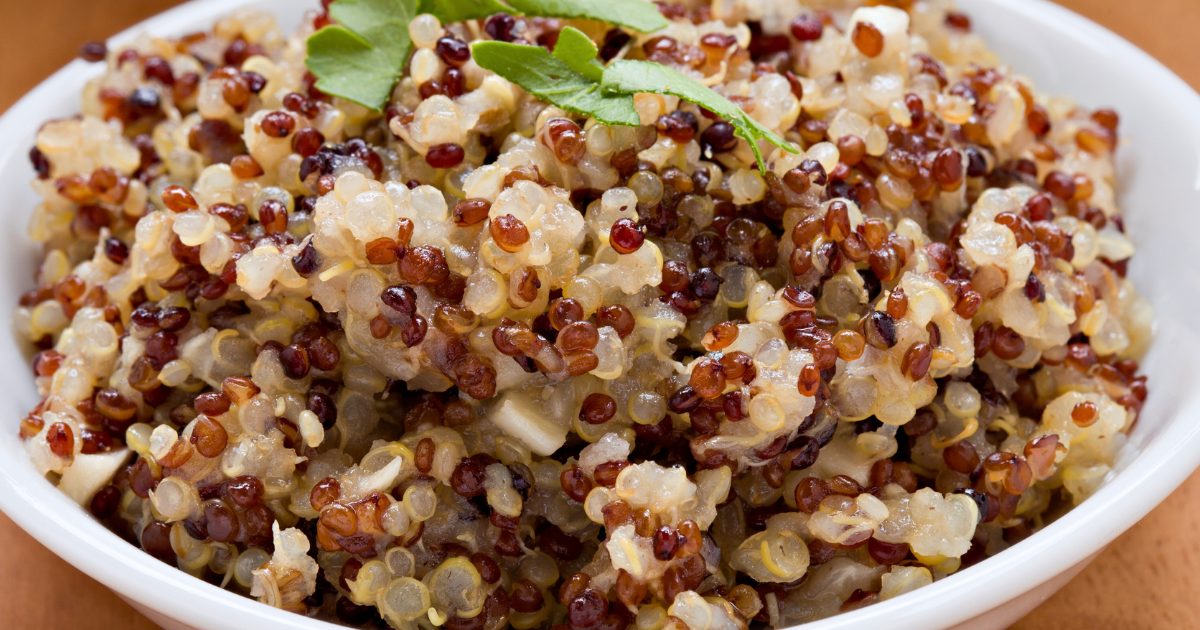Blood type diet: does it help you to lose weight or is it just a myth to debunk?
The blood type diet is a diet that provides the correct combinations of foods based on the blood type. It is a diet promoted in Italy by Dr. Mozzi and it has already made proselytes. Let's find out what it is and if it really works.
;Resize,width=742;)
The blood type diet is a diet that provides the correct combinations of foods based on the blood type. It is a diet promoted in Italy by Dr. Mozzi and it has already made proselytes. Let's find out what it is and if it really works.
The blood type diet was conceived and tested for the first time in the '60s by Peter D'Adamo, an American naturopath, and lately it has been relaunched in Italy by Dr. Pietro Mozzi who, in 2012, wrote a book entitled: Dr. Mozzi's diet. Blood types and food combinations, in which he draws up a list of foods that bring benefits or are harmful to the individual according to his/her blood type.
What is the blood type diet?
According to the advocates of this diet, to each blood type (A, B, AB and 0) correspond certain genetic characteristics that affect metabolism, immune system, weight, but also pathologies and predisposition to intolerances or allergies, and which determine which is the right diet to follow by matching the right food combinations. For each blood type, therefore, there are some foods that should be avoided and others that are recommended, to lose weight in a simple way, keeping the right weight longer, and to prevent diseases. Dr. Mozzi gives particular importance to the lectins, proteins that we ingest through some foods and that could create intolerances if not compatible with that particular blood type. Blood type 0 is considered the most ancestral type that needs a diet rich in proteins; blood type A is the blood type of the farmer, the most evolved one that must prefer vegetables and cereals; blood type B is also called "nomadic" and it would be more inclined to adapt then: cereals, dairy products, vegetables, meat and fish; blood type AB should follow an intermediate diet between type A and B. But let's specifically look at the foods we can eat and at those we can’t eat in more detail.
Blood Type 0
Positive foods: red meat, you can eat up to 180 grams 6 times a week, seafood, oily fish, liver, Savoy cabbage, pumpkin and bresaola, walnuts, pumpkin seeds.
Negative foods: dairy products, smoked foods, pork (and therefore also ready-sliced salami), lentils, beans, peanuts, black olives, cereals containing gluten, potatoes, cabbage, eggplants, oranges, strawberries and coffee.

Blood Type A
Positive foods: fish (cod and salmon), white meat (chicken and turkey), salad, legumes, soybeans, tea, red wine.
Negative foods: red meat, dairy products, potatoes, eggplants, tomatoes, butter, pistachios, bran, wheat, cabbage. It is preferable not to eat fish like hake, gilthead bream and seabass.
Blood Type B
Positive foods: compared to other types, blood type B can eat more dairy products, preferably goat products, then rice, beans, cabbage, beetroot, all green leafy vegetables, broccoli, eggplants, carrots, potatoes, peppers and Savoy cabbage.
Negative foods: among dairy products it is preferable not to eat Gorgonzola cheese and fermented cheeses, then chicken, pork meat, artichokes, crustaceans, lentils, dried fruit, black olives, tomatoes, pumpkin, avocado, pomegranate and beer. Pasta is allowed, but its consumption must be limited.
Blood Type AB
Positive foods: white meat (turkey and rabbit), beans, soy, peas, rice, garlic, seaweed, among the vegetables you must prefer: cabbage, broccoli, eggplants, tomatoes. Among the fruit you must prefer grapefruit,and pineapple.
Negative foods: red meat, bresaola, salmon, dairy products, butter, buckwheat, artichokes, corn, peppers, dried fruit, hazelnuts, oranges, bananas and tea.
;Resize,width=767;)
;Resize,width=712;)
;Resize,width=712;)
;Resize,width=712;)
